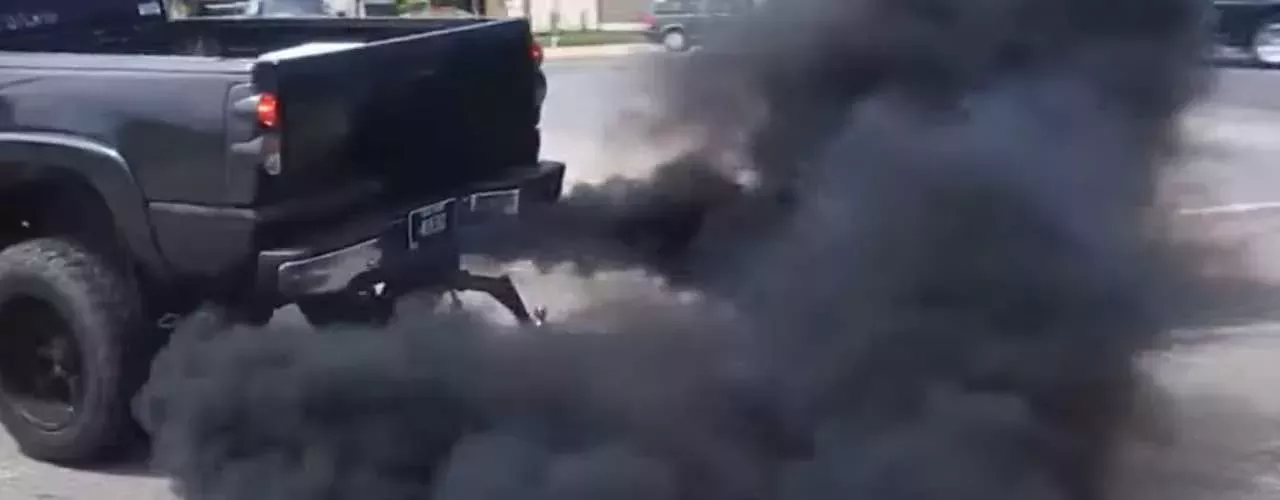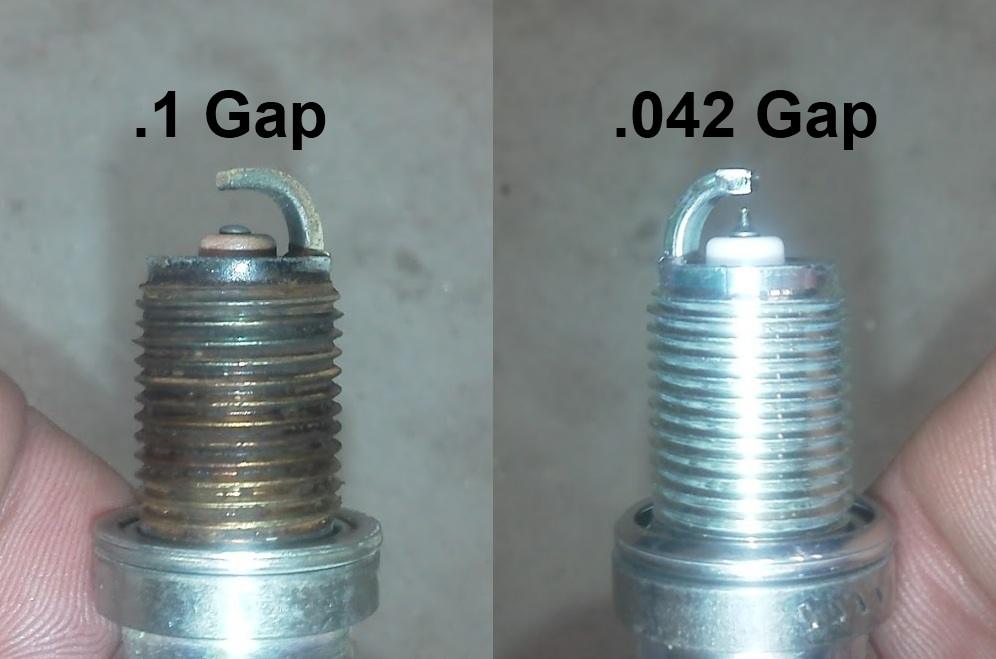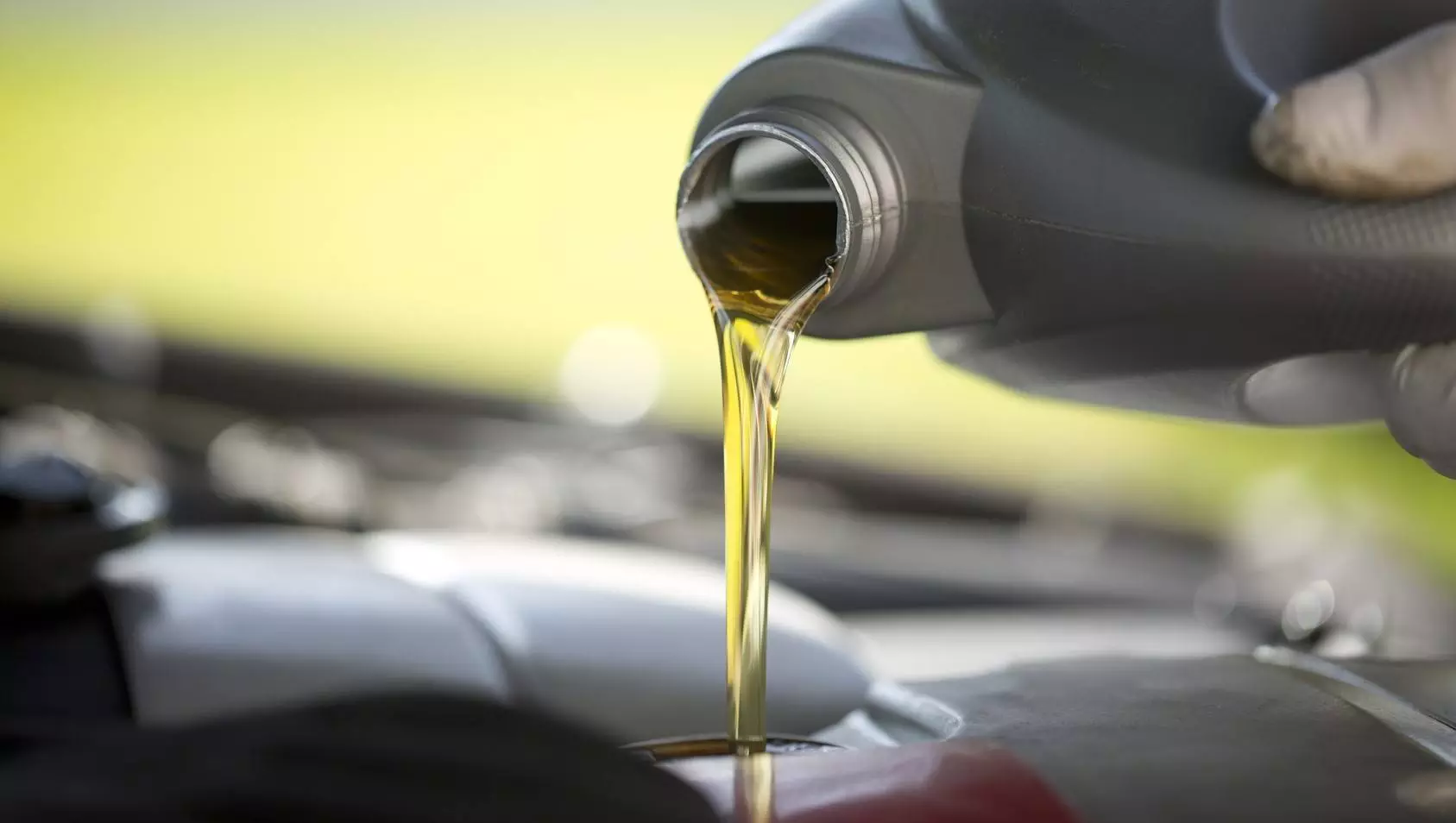How to Improve Vehicle Emissions
Although a vehicle is not an investment per se, all of us invest our money, time, and sometimes our soul into purchasing, upgrading, and caring for one without looking at the details to improve vehicle emissions. Do you remember all the hoops you had to jump through to get it to today's level?
Those hoops can continue to appear if not adequately taken care of, and they could potentially be unpassable because as the miles add up, your vehicle will start to wear out.
Depending on your area, tests such as the vehicle emissions test might start to place barriers to driving your vehicle after all the hard work invested. Dive in to see what the emissions check is. Learn what vehicle emissions are checked and how? Plus, what elements can help or prevent you from passing the test.
What Does Emissions Check For?
Depending on your state of residency, the make and model, and the year of your car, the emission check might differ. In some states, cars made from 1996 to today undergo an OBD system check. In other states, older vehicles have to undergo a visual smoke check or are exempt completely.
An OBD System Check (On-Board Diagnostics system check) scans all vehicle systems. Its primary aim is to determine if the equipment that controls emissions is working correctly. This is achieved by using diagnostic equipment that hooks up to the car's computer via the OBD socket. The system automatically checks real-time parameters against the regular parameter interval. If the readings are in the charts, all is good. If they are not, a red flag is raised, and it might have you fail the check.
Cars made pre-1996, in most places, undergo an I/M240 dynamometer inspection and maintenance test. This type of test translates into running the vehicle on a "treadmill for cars" equipment. Simultaneously, a sensor is hooked to the exhaust and measures the pollution level during the test. Emissions are analyzed, and a fast conclusion is generally given.
Each vehicle has a federal emissions standard that it has to meet. While the engine is running, the onboard computer continuously monitors about a dozen parameters from various systems.
If any system misbehaves or fails, it will show up on the diagnostic equipment. Specific values can go way outside the usual parameters depending on the issue.
Vehicles Emissions Pass or Fail. Who Decides?
Many states require that you get your emissions checked. Emissions testing is mainly comprised of the following:
- a visual inspection
- engine parameters check (while the car is on a type of automotive treadmill to simulate on-road conditions)
- On-Board Diagnostics (OBD) System Check
At the emissions check, they verify each parameter to determine if it's a pass or a fail. If most values are in the federal emissions standard, it's a pass.
Most states also require a visual inspection to be made. This type of inspection ensures that the car systems were not tampered with and that crankcase blow-by or exhaust smoke is not present. The assessment covers the air injection system, exhaust gas recirculation system, catalytic converters, and the fuel inlet restrictor.
Generally, the next step of the tampering inspection is an evaporative system integrity pressure check. This test appeared because of numerous instances where specific emission control components were either tweaked or eliminated.
All of the above vehicle emissions checks apply to gasoline-powered vehicles.
There's an opacity (smoke density) test for diesel-powered vehicles that it needs to pass. The instrument that measures the percentage of the opacity of the exhaust is called an opacity meter.
If the gross vehicle weight rating (GVWR) is up to 26,000, this meter is used in tandem with the vehicle running on a dynamometer.
GVWR rating over 26,000 requires a test called "snap acceleration."
The snap acceleration test is done with the car in neural, hooked up to a smoke sensor. After checking that the engine is properly warmed up, the test begins. The truck is revved up quickly to the maximum RPM and then allowed to fall back to idle for 5 seconds. Then the cycle is repeated 4-5 times. Depending on the smoke opacity, a conclusion is drawn.

Causes for failing the emissions check are multiple, with some being easy fixes while others are more severe issues. On average, a check engine warning can vary from $17 to $1,200 to fix.
Common Reasons for Failing the Emissions Test are the Following:
Out of spec fuel metering
Several factors could destabilize the amount of fuel that is pumped into your engine, resulting in a more polluting, rich mixture. This rich mixture may be due to a faulty Engine Control Unit or the Fuel injection unit (or carburetor on older models).
Oxygen sensor issues
This sensor measures the oxygen amount in the exhaust gas and commands the air/fuel mixture. If faulty, it could lead to overheating, higher toxic emissions, and loss of power.
Ignition system defects
If the analyzer detects high hydrocarbons during an HC check, the ignition system might have issues. Usually, these defects appear on cars that the owner did not properly maintain. The usual culprits are the following list. Look at these to improve vehicle emissions:
- Spark Plug Wires
- Worn Out Spark Plugs
- Over Advanced Ignition Timing
- Worn Out Distributor Cap
- Vehicle Vacuum Leak - Often caused by the MAP sensor not doing its job correctly. This sensor measures the amount of air flowing into the engine. The computer then calculates air density and adjusts the amount of fuel to spray into the combustion chamber, plus adjusts the ignition timing.
- Leaks can appear in the gaskets, vacuum lines, seals, and valves of the vacuum system or systems it leads to.
- Rich fuel mixture - High carbon monoxide levels give off high CO2 levels that mark the emissions test as a fail once traced. The carbon monoxide levels can suffer modifications due to a rich air/fuel mixture or a weak ignition.
- The causes are numerous:
- Contaminated Oxygen Sensor
- Leaky Injectors
- Excessive Fuel Pressure
- Air Injection System Malfunction - This injection system helps reduce the emissions of carbon monoxide and hydrocarbons by forcing fresh air into the exhaust of the engine. When this system is defective or malfunctioning, the engine cannot correctly control the mixtures. Being out of "control" means that the car emits high levels of dangerous gases (hydrocarbons and carbon monoxide)
- Evaporative Emission Control System issues. This system prevents gasoline vapors from being released into the atmosphere from the fuel system or tank.
- Faulty EVAP common causes are:
- Vacuum hoses and vents with leaks
- Defective Purge Valves
- Faulty Gas Caps

A myth goes way back in time that states, "Change your motor oil before emission testing, and you will get a pass." People seem to argue over this subject, not finding the honest answer to this myth. Let's see if we can shed some light on this to improve vehicle emissions.
In old carburetor-equipped cars, the oil would become contaminated with gas due to over choking. Fumes would be pulled into the intake through the PCV valve and affect emissions. Changing the oil just before the vehicle emissions test ensured that it would not be contaminated. The emissions would read in the standard parameters with no fumes pulled into the intake.
Also, another explanation would be that if the oil thinned out, losing its viscosity due to wear, it would get past the rings and enter the combustion chamber. Being burned in the combustion chamber would drastically increase vehicle emissions. Changing with fresh oil with the correct viscosity would prevent the above condition. Therefore the test would pass.
Also, fresh oil contains fewer hydrocarbons and makes an engine run cleaner - resulting in cleaner vehicle emissions. The best practice is to change it regularly at the proper interval.
Tip: Always change the air filter when changing the oil and check the spark plugs. Optional: Add an additive to the tank to ensure the engine's internal components are being cleaned as the fuel is burned is your best outcome.
The information above applies to newer cars and trucks. All the onboard electronics and computers can only do so much to keep the vehicle's emissions within operating parameters if the oil, air filter, or spark plugs are not serviced regularly.
- If you want to save some money, you can change the engine oil yourself. Not sure how? Learn more here.

About the Author
Tech Guy
Automotive enthusiast, passionate about Jeeps, hot-rods, turbos, performance, efficiency, diesels, fuels, high performance oils, additives and anything with an engine.

